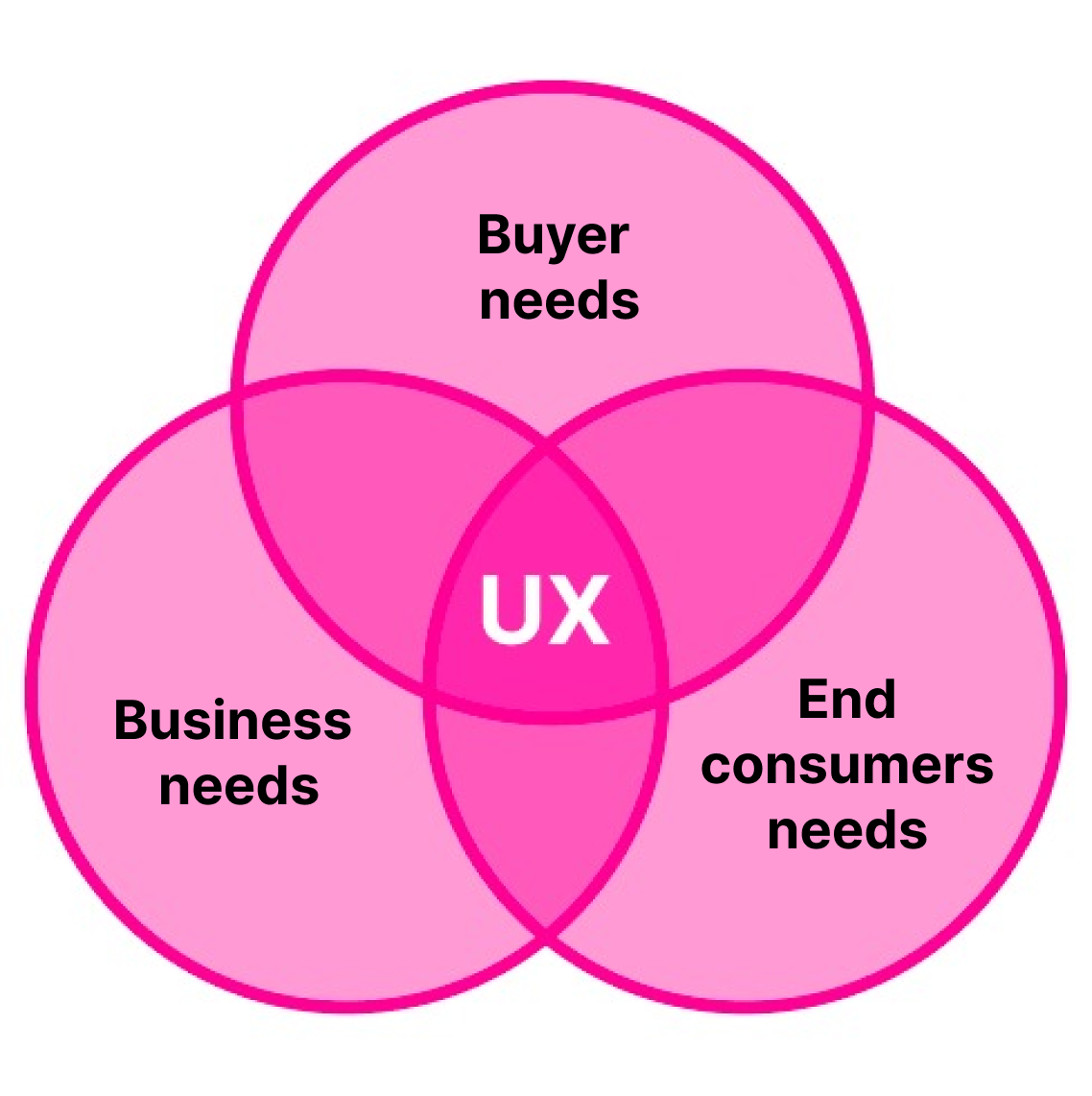
User experience design, often called UX design, aims to create products that provide people with meaningful and pleasurable experiences.
To achieve this, products must be designed to be user-friendly, effective, and enjoyable.
This helps meet the needs and expectations of consumers.
From tangible objects to digital interactions, user experience design encompasses everything, with the goal of ensuring that every interaction a consumer has with a product is positive.
UX design is crucial for the success of any product or service in today’s digital age. Besides focusing on usability and functionality, it also emphasises creating a smooth and engaging user experience.
A well-designed user experience can lead to increased customer satisfaction, higher sales, and stronger brand loyalty.
User experience design, also known as UX design, is a vital field because it concentrates on creating products that are easy to use, meet users’ needs, and provide a satisfying experience. UX design is important for several reasons, including the following:
Enhances user satisfaction: A well-designed user experience increases satisfaction, making it more likely that consumers will return to the product. Those who are pleased with the product are more inclined to promote it to others, which boosts the product’s reputation and broadens its market.
- User experience design and entrepreneurship
Keep Reading
Effective user experience design can significantly boost conversion rates by making it easier for users to reach their goals, such as completing a transaction or subscribing to a service.
This approach is a key way to increase conversion rates substantially. When the design is intuitive and includes clear calls to action, users can be guided smoothly through the process.
Investing in user experience design early in the development stage helps identify and resolve usability issues before they become expensive problems.
This approach is one way to lower development costs. By reducing the need for major adjustments after launch, this proactive strategy can save both time and money.
Enhances accessibility: The aim of user experience design is to make things accessible to as many people as possible, including those with disabilities where feasible. Besides increasing the number of users, this not only fulfils legal requirements but also elevates the overall happiness experienced by users.
This feature supports SEO and digital marketing. Search engines favour websites that offer a positive experience for users. Several factors can improve search engine rankings, including mobile-friendliness, fast loading speeds, and simple navigation. These elements can attract more organic visitors to the website.
Strong emotional bonds between users and the brand can be developed through an enjoyable user experience, which is the seventh reason why it helps to foster brand loyalty. Customers are more likely to remain loyal to a brand and continue using its products and services if they find the product to be pleasurable and straightforward to use.
Reflecting on both past and future, UX design, which stands for user experience, is a crucial aspect of developing products that are not only functional but also engaging and simple to use. User experience design (UX design) ensures that products deliver meaningful and satisfying encounters by concentrating on the needs and behaviours of users. This leads to higher customer satisfaction, greater revenue, and stronger brand loyalty.
Mastering the user experience (also known as UX) involves acquiring knowledge of user research, usability testing, and core principles of effective design. Employing good user experience techniques can significantly impact how your product is received and utilised, whether you’re creating a website, an app, or a physical product or service. Investing in user experience design is more vital than ever in today’s highly competitive market.
Developing products that customers love and recommend helps organisations stand out from competitors. Continuously refining and improving the user experience can result in long-term success and lasting relationships with clients. Here, we have covered the fundamentals of user experience design, its significance, and the steps you need to start. By applying these principles, you will be able to create products that not only satisfy your users’ needs but also offer them a positive and engaging experience.
Until then, think, eat, sleep, and dream about branding!
- Dr Farai Chigora is a businessman and academic. He is the head of business science at Africa University’s College of Business, Peace, Leadership, and Governance. His doctoral research focused on Business Administration (Destination Marketing and Branding Major, UKZN, SA). He can be contacted for feedback at [email protected] or via WhatsApp mobile: +263772886871.
- Dr Tabani Moyo is an extra-ordinary researcher with the University of North West, South Africa’s Social Transformation School. He holds a Doctorate in Business Administration (Research focus on new media and corporate reputation management, UKZN), chartered marketer, fellow CIM, communications and reputation management expert based in Harare. He can be contacted at [email protected] @TabaniMoyo (X)










